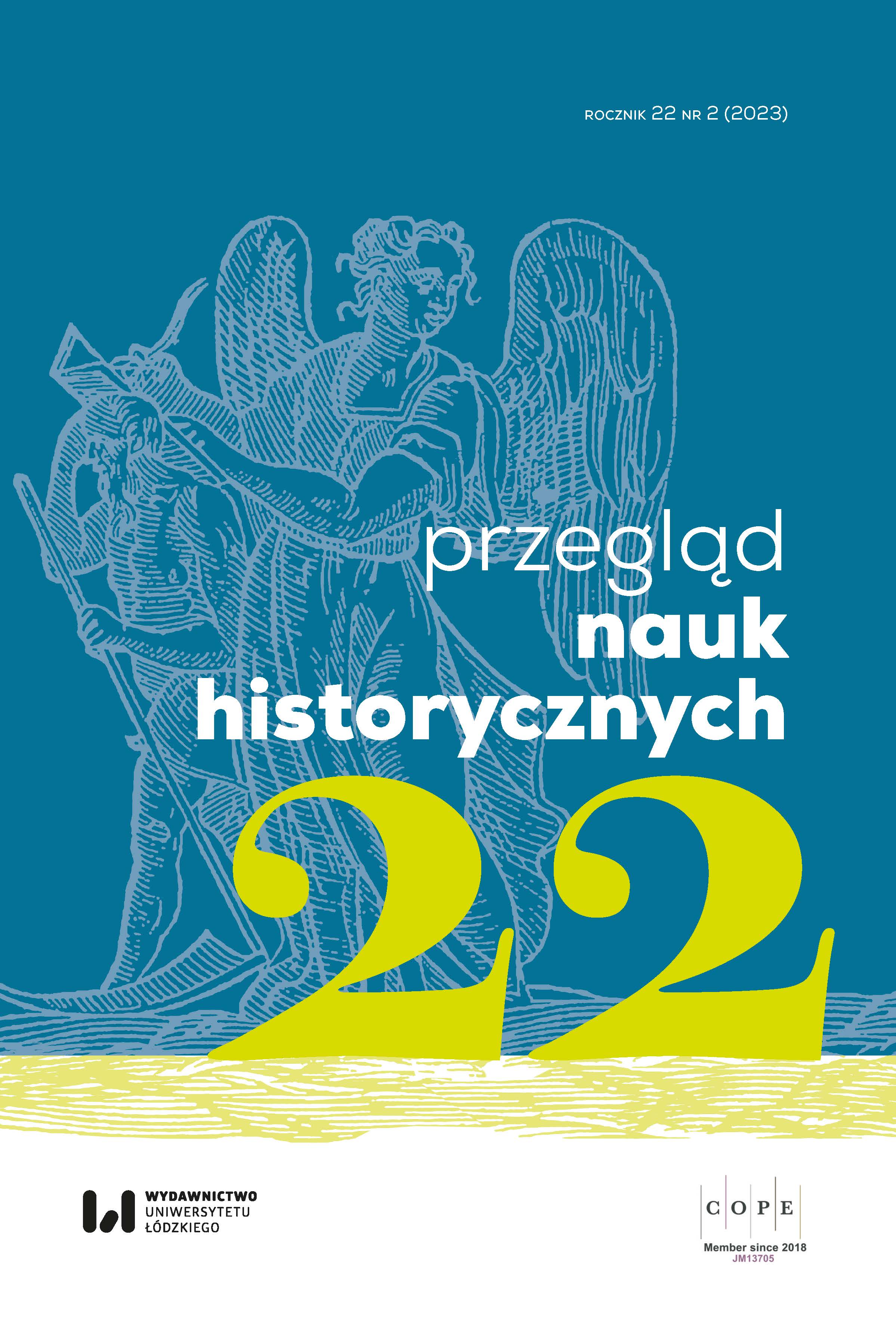Zabytkowe szaty liturgiczne z kościoła parafialnego w Rembieszycach – znaczenie i wartość artystyczna
Historic Liturgical Vestments from the Parish Church in Rembieszyce – Artistic Meaning and Value
Author(s): Małgorzata Karkocha, Karolina StanilewiczSubject(s): History, Cultural history, Ethnohistory
Published by: Wydawnictwo Uniwersytetu Łódzkiego
Keywords: Rembieszyce parish; liturgical vestments; vintage textiles; 17th–20th centuries
Summary/Abstract: The collection of historic liturgical vestments in the church of Saints Peter and Paul in Rembieszyce consists of 10 chasubles dating the 17th and 18th centuries, as well as 13 chasubles and five copes dating the 19th and the first half of the 20th century. These vestments represent all the prescribed liturgical colours. The oldest ones are considered the most valuable. Among them, two chasubles are embroidered, and one is made from a kontusz sash. The remaining garments were crafted from silk textiles of Italian and French origin, with one case being fabric woven in German manufactories. Most of these vestments are likely associated with the foundation of Franciszek Sariusz Wolski, who not only built the wooden parish church, but also ensured its appropriate decoration and generously adorned it around 1799. These vestments serve as valuable historical evidence, tangible proof of the interests, tastes, and financial capabilities of both the clergy and the secular founders. They illustrate the craftsmanship of artisans from the past and provide specific information about the cultural influences and contacts to which Polish culture was exposed.
Journal: Przegląd Nauk Historycznych
- Issue Year: 22/2023
- Issue No: 2
- Page Range: 277-301
- Page Count: 26
- Language: Polish

